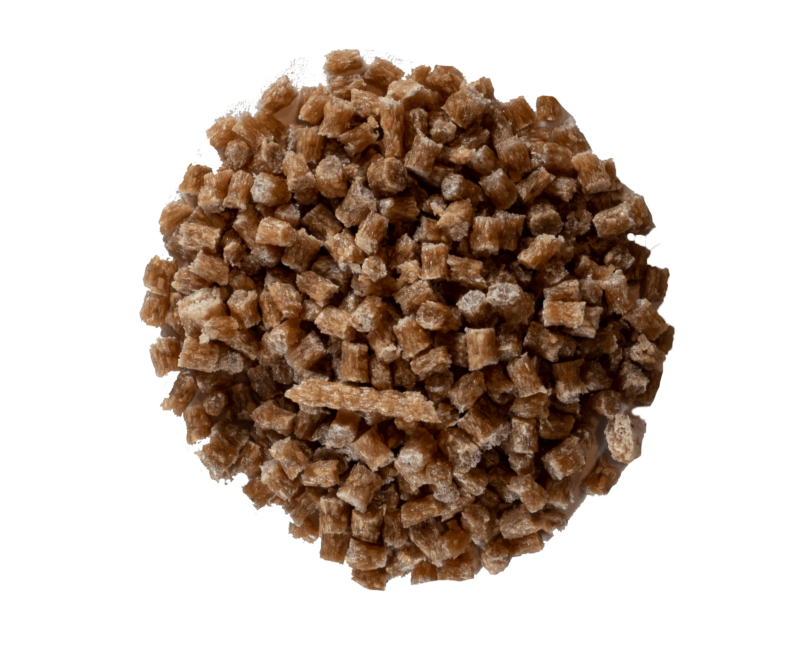Solution provider

Case
Bio-based circular solutions
Biodiversity in agriculture
Biosolutions
+2


Add the case to your visit request and let us know that you are interested in visiting Denmark
The agriculture industry generates large amounts of residual natural fibres that currently are either left in fields for composting or incineration, used for energy production or animal feed. Essentially, end of life for the natural fibre material that could be utilised in new products, hereby extending their use, and replacing other, potentially more un-sustainable, materials with a more sustainable side stream product.
Utilisation of the natural fibre side streams not only contributes to their valorisation, but functions as a carbon storage opportunity by locking the CO2 harvested by the plants into the product. Pond has helped companies in the horticulture, consumer goods and food industry to incorporate oat husks into its fully bio-based injection moulding resins to create rigid packaging and toddler toys that are made entirely from plant material. The oat husks are obtained from the companies own side stream or local sources and are substituting part of the bio resin to further enhance the environmental profile of the product.
Oat husks as side stream have a very low carbon footprint and pricing, hence they enable the end customer to produce products that are both greener and cheaper than without the oat husks. Valorisation is created across the entire supply chain by providing a market for a side stream, meanwhile lowering the resin raw material input to further reduce the CO2 footprint and simultaneously nurturing the planet.